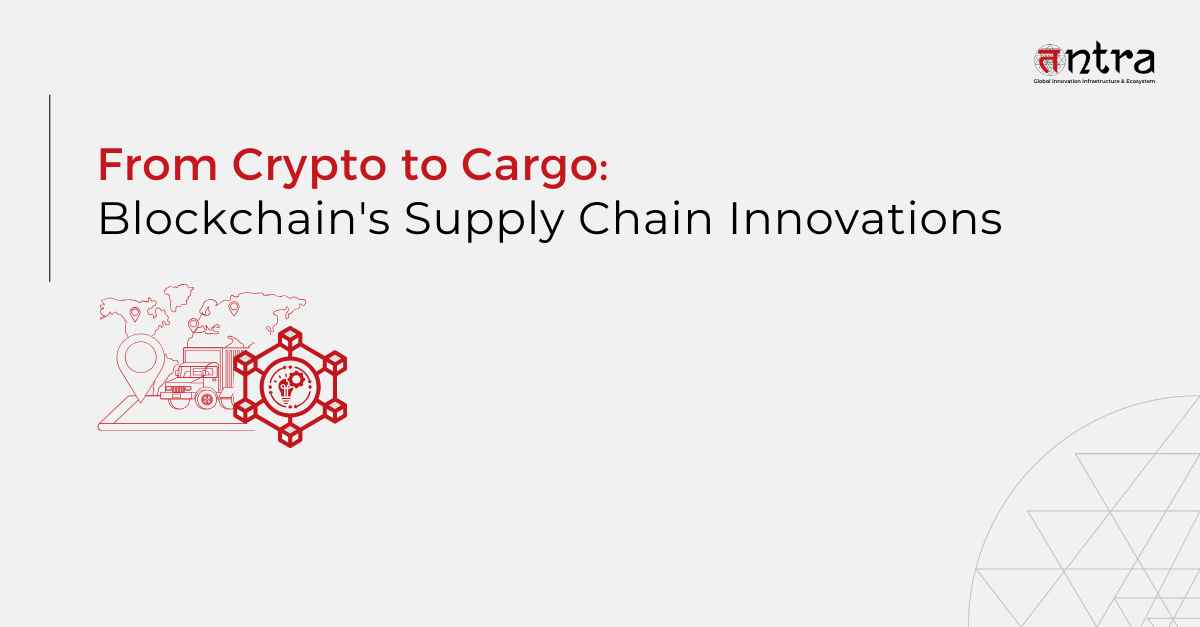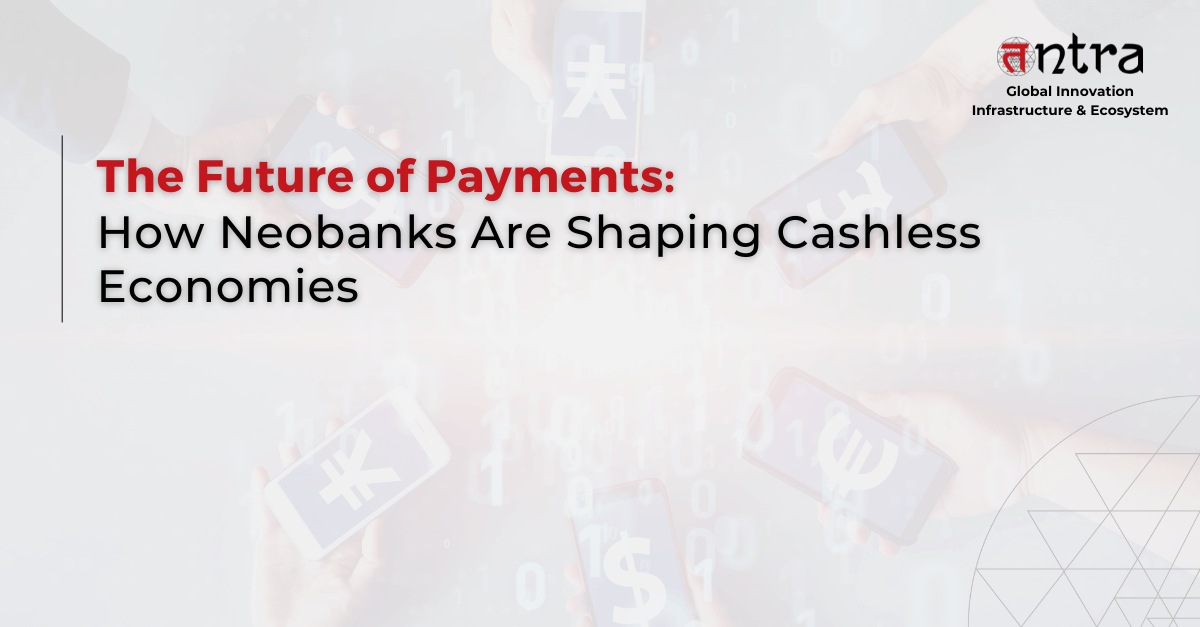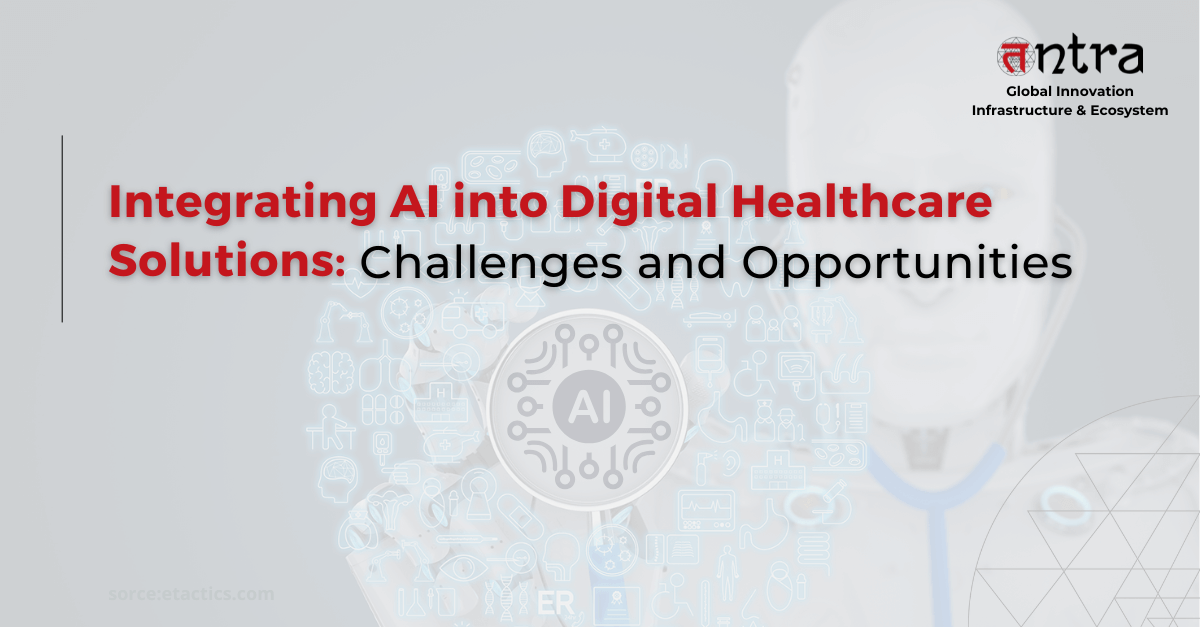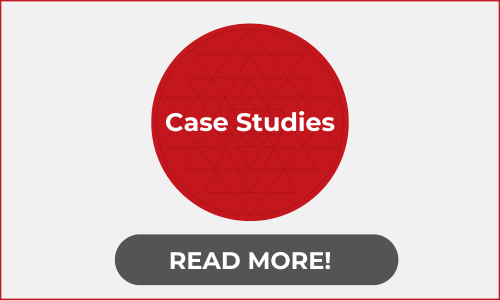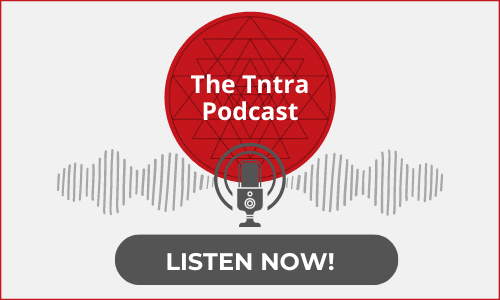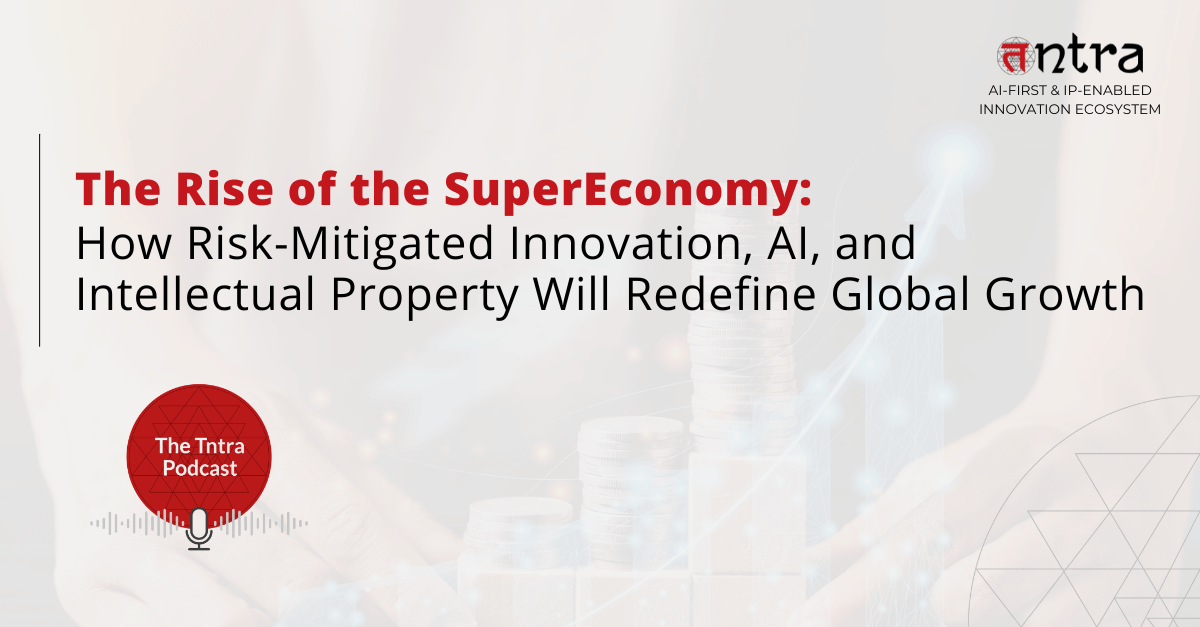
The Rise of the SuperEconomy: How Risk-Mitigated Innovation, AI, and Intellectual Property Will Redefine Global Growth
Table of Contents
ToggleInnovation has always been the engine of human progress. From the steam engine to the internet, every wave of advancement has reshaped economies, societies, and the way we live. But if you look closely at the state of innovation today, you’ll see a system that is at once chaotic, exclusionary, and unsustainable.
The truth is: we can’t keep innovating the way we do now.
We throw ideas at the wall and see what sticks, without discipline. We treat lifelong learning and human development as disconnected from innovation. And we ignore the ecological and energy costs of AI, even as we race toward artificial general intelligence.
The question is not whether innovation will evolve — it’s what comes next.
We at Tntra call it the SuperEconomy.
The Problem With Today’s Innovation
For all the hype around startups, accelerators, and AI-first Innovation, the model is shockingly inefficient. Billions are spent every year on products and platforms that never achieve adoption or see the light of day. Too many investors and organizations rely on chance rather than structure — “fail fast” has become a mantra, but failure at scale has enormous human and environmental costs.
More troubling is how exclusive the current model is. Talent and resources are concentrated in a handful of geographies, while vast portions of the world remain digitally underserved and underinvested. The benefits of AI, blockchain, IP-driven growth, or biotech often bypass the communities that need them most.
We’re overdue for a fundamental reset.
Enter the SuperEconomy
A SuperEconomy is the next stage of human and economic progress. If the industrial economy was built on land and machines, and the information economy on data and networks, then the SuperEconomy is built on:
- Ideas as the new raw material.
- Intellectual property as the scaffolding of defensibility and value.
- Human capacity as the ultimate competitive advantage.
- AI-first platforms as the enablers of scale, efficiency, and personalisation.
The SuperEconomy isn’t just about faster or bigger technology. It’s about connecting innovation, lifelong learning, and human relevance into a single, compounding growth loop.
Why Risk-Mitigated Innovation Matters
In the SuperEconomy, innovation cannot afford to be reckless. It must be risk-mitigated innovation. That means embedding structure into the innovation process so that every idea is tested not only for market fit but also for compliance, sustainability, and scalability.
Patents and defensible IP aren’t side notes in this process — they’re central. They create moats, build compounding value, and ensure that innovation doesn’t evaporate when competitors arrive. More importantly, patents connect ideas to long-term value capture, making innovation an economic engine rather than a lottery ticket.
AI, Lifelong Learning, and Human Capacity
Technology alone is not enough. The real differentiator in the SuperEconomy is human capacity.
Lifelong learning is no longer optional; it’s the currency of relevance. Workers, leaders, and entire communities will need to continuously reskill and reinvent themselves to thrive in an AI-driven world.
Tntra’s AI fist platforms can play a transformative role here.:
- T(u)lip enabling organizations to capture and curate ideas systematically.
- Shruti AI serving as the intelligence grid that orchestrates decisions, compliance, and personalization at scale.
- Gurukula turning lifelong learning into an engine of human development that’s directly linked to enterprise innovation.
When these layers connect, we move from siloed solutions to a living ecosystem where people, products, and patents reinforce each other. That’s the SuperEconomy flywheel.
The AI Land Rush Has Begun — How to Be a Landlord, Not a Tenant in the AI Super Economy
Building Inclusive and Sustainable Growth
The SuperEconomy is not just a framework for companies; it’s a blueprint for societies.
- Enterprises can build defensible, IP-driven growth strategies that are efficient and sustainable.
- Governments can align policy, education, and innovation to strengthen human capital.
- Communities can ensure that technology adoption is inclusive and not limited to the privileged few.
If we get this right, we don’t just create unicorns. We create ecosystems that are resilient, equitable, and human-centric.
The Road Ahead
We stand at an inflection point. The old innovation playbook — wasteful, exclusive, carbon-intensive — is reaching its limits. The rise of AI and intellectual property as primary drivers of value demands a new paradigm in the future of global growth.
The SuperEconomy offers that paradigm. One where ideas are disciplined, innovation is risk-mitigated, IP is the foundation of defensibility, and human capacity is continuously expanded through lifelong learning in the AI economy.
The question is: will we build it consciously, or stumble into it by accident?
The next wave of global growth won’t be built by chance—it will be designed with purpose. Discover how the SuperEconomy is reshaping innovation, IP, and human potential in our latest podcast with Mehul Desai. Listen here now:
